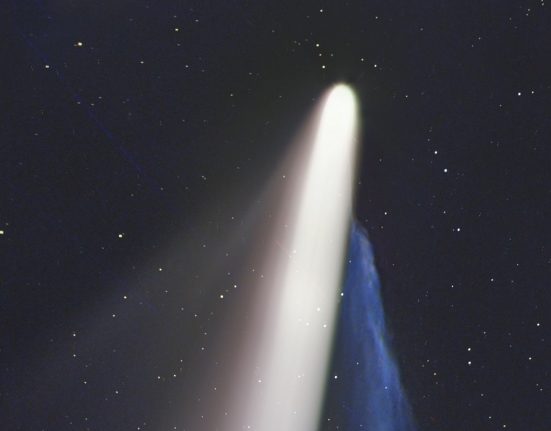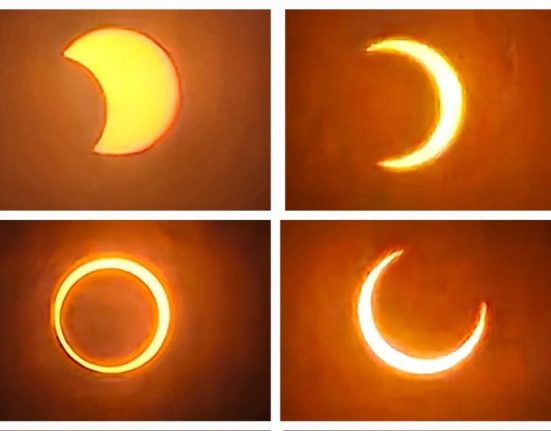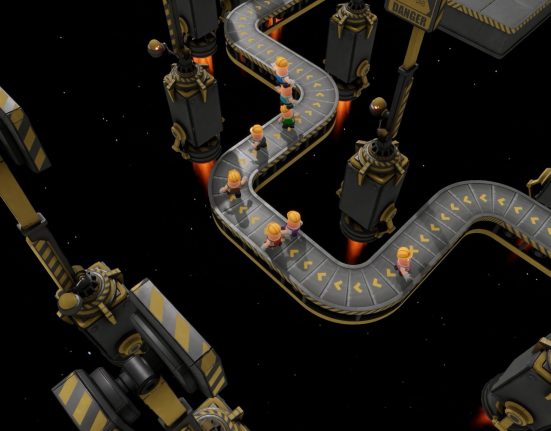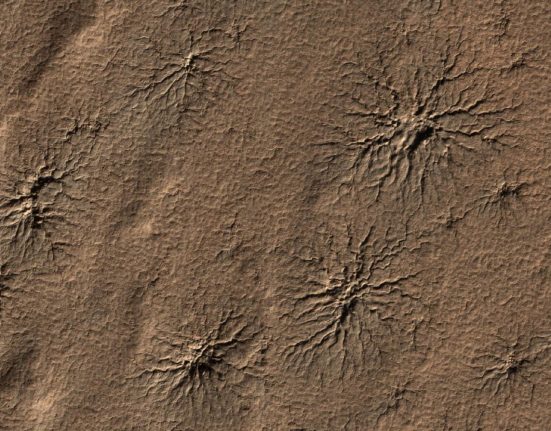
A stream of superheated plasma gushes from the Sun in this 2014 image captured by the Solar Dynamics Observatory satellite. Credit: Solar Dynamics Observatory/NASA
On September 1, 1859, the most intense geomagnetic storm in history visited Earth. This colossal solar explosion, which caused telegraph systems to catch fire and auroras to light up the skies as far as the tropics, became known as the carrington eventin honor of the English amateur astronomer Richard Carrington, who determined that a major coronal mass ejection (CME) was to blame for these curious events.
The impact of CMEs
Although powerful, solar storms pose little threat to humans or other living creatures, even when CMEs hurl material directly toward our planet. Rather, they are much more likely to affect electrical components and systems. This is because they generate induced currents that can flow into the electrical grid, wreaking havoc. In 1859, the world was not particularly dependent on electricity, meaning that, despite the spectacle, the Carrington event was only moderately disturbing.
However, if a similar incident were to occur today, the effects would be calamitous. And, with the risk of geomagnetic storms increasing as we approach the next solar maximum (the period of greatest activity in the Sun's 11-year cycle, expected to peak in 2025), the need for robust strategies prediction and mitigation is a pressing concern.
“The key impacts (of a major CME) would be primarily satellites, both radiation exposure and the risk of deorbitations or unplanned position changes; exposure to radiation from aircraft over the poles; radio communications blackouts; and damage to power grids and railways,” explains Andy Smith, senior researcher at Northumbria University in the United Kingdom. “The worst-case scenario would likely involve… damage to electrical infrastructure, leading to long-lasting blackouts around the world,” he adds.
Even brief power outages can be deadly if people lose access to medical devices and climate control. Maybe you've experienced throwing away a freezer full of spoiled food. Now imagine that there is no freezer that works for months. And without access to bank accounts or advanced medical care. It would be catastrophic.
Fortunately, several leading scientists, researchers, and institutions are aware of this danger and are working on ways to predict when a CME is likely to occur and how the consequences following a particularly severe one could be cushioned.
The answer is AI
Many experts have suggested that the best approach might be to effectively harness the power of artificial intelligence (AI). “In principle, AI can help accurately forecast conditions that may cause problems or the problems themselves,” Smith says.
NASA is one of the pioneers in this type of artificial intelligence technology. In collaboration with the US Geological Survey and the US Department of Energy, NASA has used deep learning to build DAGGERan AI-powered computer model that can predict geomagnetic disturbances caused by solar storms 30 minutes before they occur.
By analyzing solar wind data from multiple NASA satellites, DAGGER can produce fast global predictions that are updated minute by minute. This could help power grid operators, satellite controllers and telecommunications companies prepare for (and ultimately mitigate) the effects of solar storms on critical infrastructure.
Other organizations are also exploring the usefulness of AI in this area. The research infrastructure (RI) of Europlanet 2024 is an important project that supports planetary science in Europe by providing open access to a large amount of data from various space missions, simulations and laboratory experiments. Using this information, the Know Center and the Space Research Institute, both based in Graz, Austria, have joined forces to see if machine learning can predict the risk of solar storms.
While the development of their model is still in the early stages, initial observations published in the journal Space weather found that such a model “could be suitable for operational forecasting of future space weather.”
“The advantage of AI is that the models run much faster than physics-based models, so they have the potential to provide more turnaround time,” explains Amy Keesee, associate professor of Physics and Astronomy at the University of New Hampshire. “One of the challenges to usable forecasts, particularly for effects such as geomagnetically induced currents, is their localized nature. “Having such a high spatial resolution in a physics-based simulation is computationally expensive and therefore takes longer to run.”
And when the fastest computer programs can only give a wait time of 30 minutes, there is no time to waste.
I'm not ready yet
While AI models have the potential to provide valuable warnings about solar storms before they impact Earth and could help minimize the repercussions, the technology is not yet perfect. Machine learning needs data to learn from, and our luck in avoiding another Carrington-level event means there is no record of one in the data to teach an AI program.
“I think the reluctance to move to purely data-driven forecasts is partly due to the scarcity of data,” says Mathew Owens, Professor of Space at the University of Reading in the United Kingdom. “Once you start trying to forecast events that were not present in the training data, the forecasts become less and less reliable. “Therefore, there is a risk that machine learning approaches will not be reliable for the really big storms that we are most concerned about.”
Smith is also keen to point out that while the use of AI is undeniably compelling, it is important to take a cautious and vigilant approach. “There will be a long phase in which the AI will have to prove that it is better than current forecasting methods and that it is reliable, particularly given the black box nature of some of the models. “We need to be very confident in the model predictions, as some mitigation procedures will be costly or undesirable (for example, limiting capacity in some sense).”
In fact, protecting the power grid often means shutting it down. While a controlled shutdown is preferable to burning down the network and having to rebuild it, it is not without costs, both monetary and human lives.
Artificial intelligence technology is becoming more impressive every day. If a CME were to occur on par with the Carrington event, the work being done today should improve our ability to anticipate (and avoid) what, in the not-too-distant past, would have been a completely unpredictable and devastating impact.











Leave feedback about this